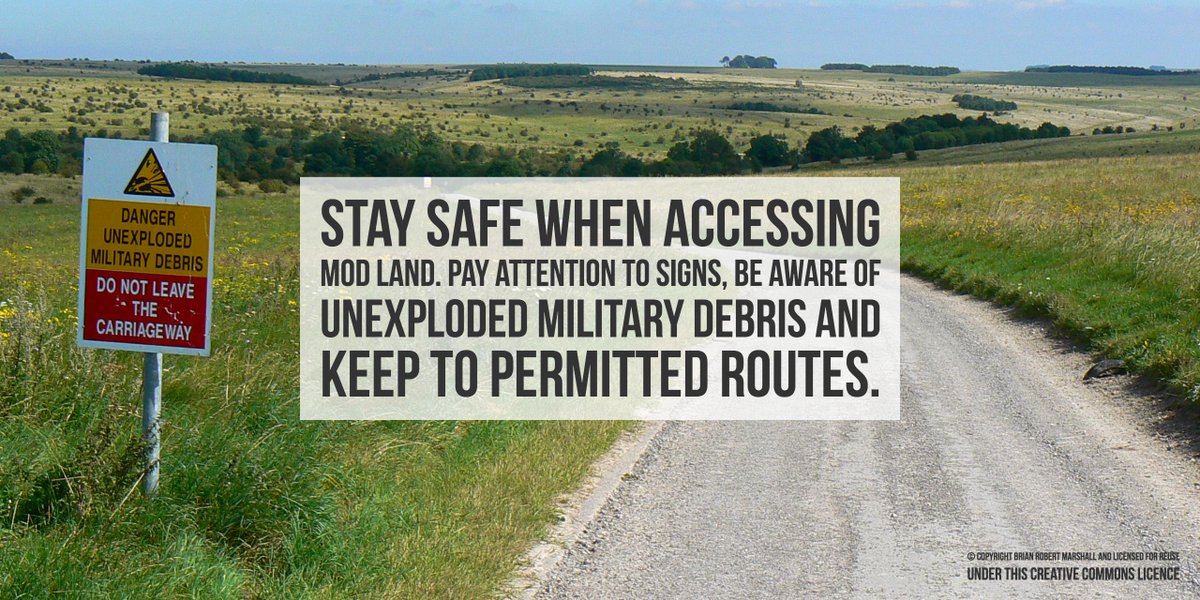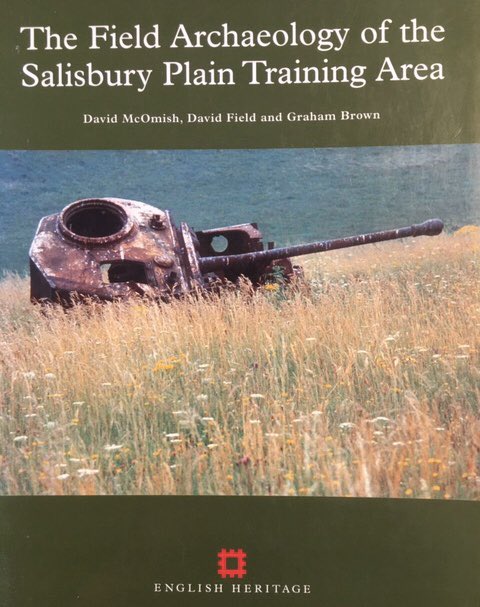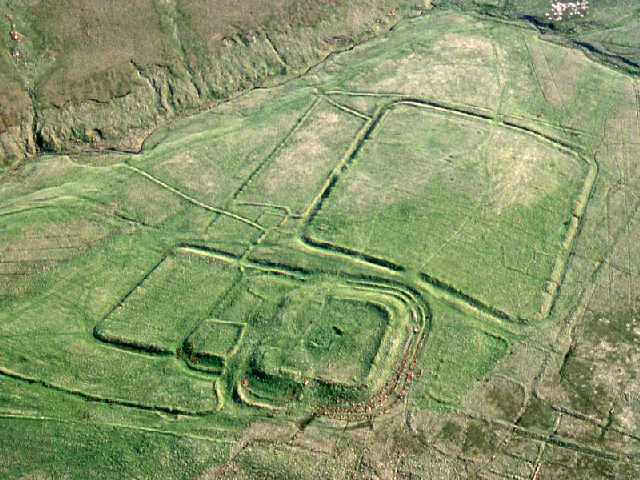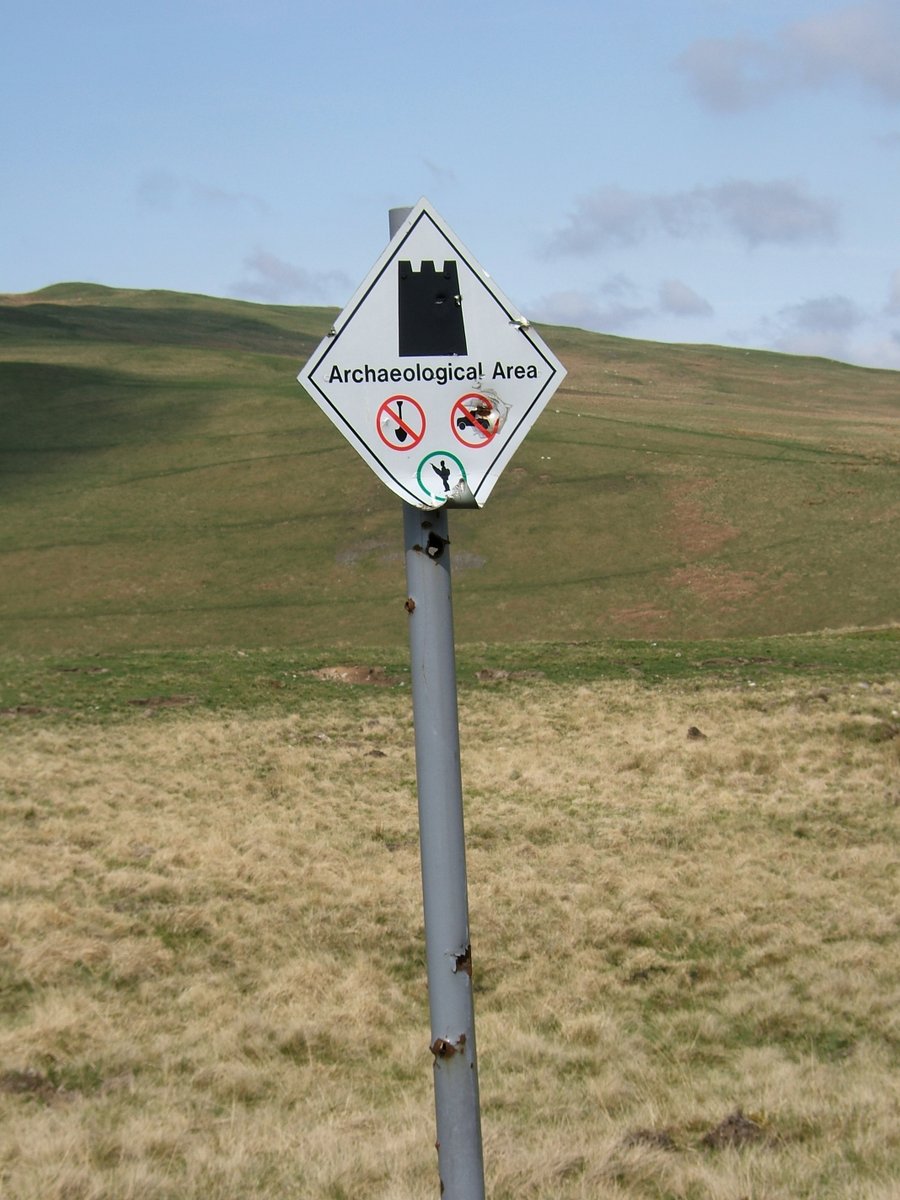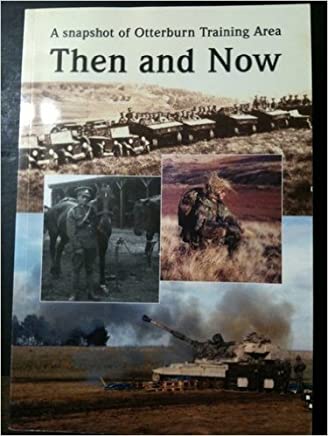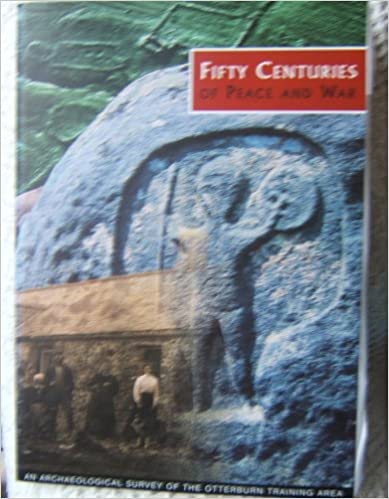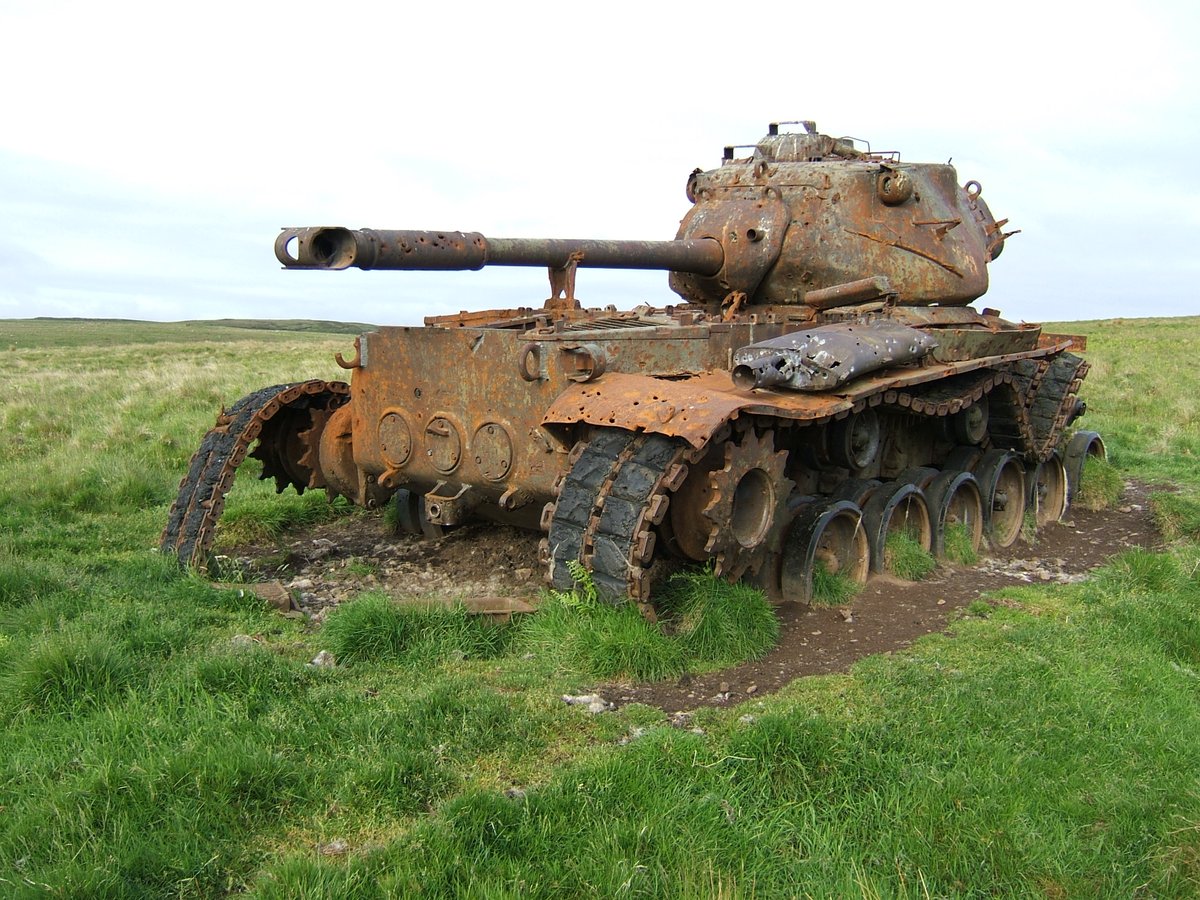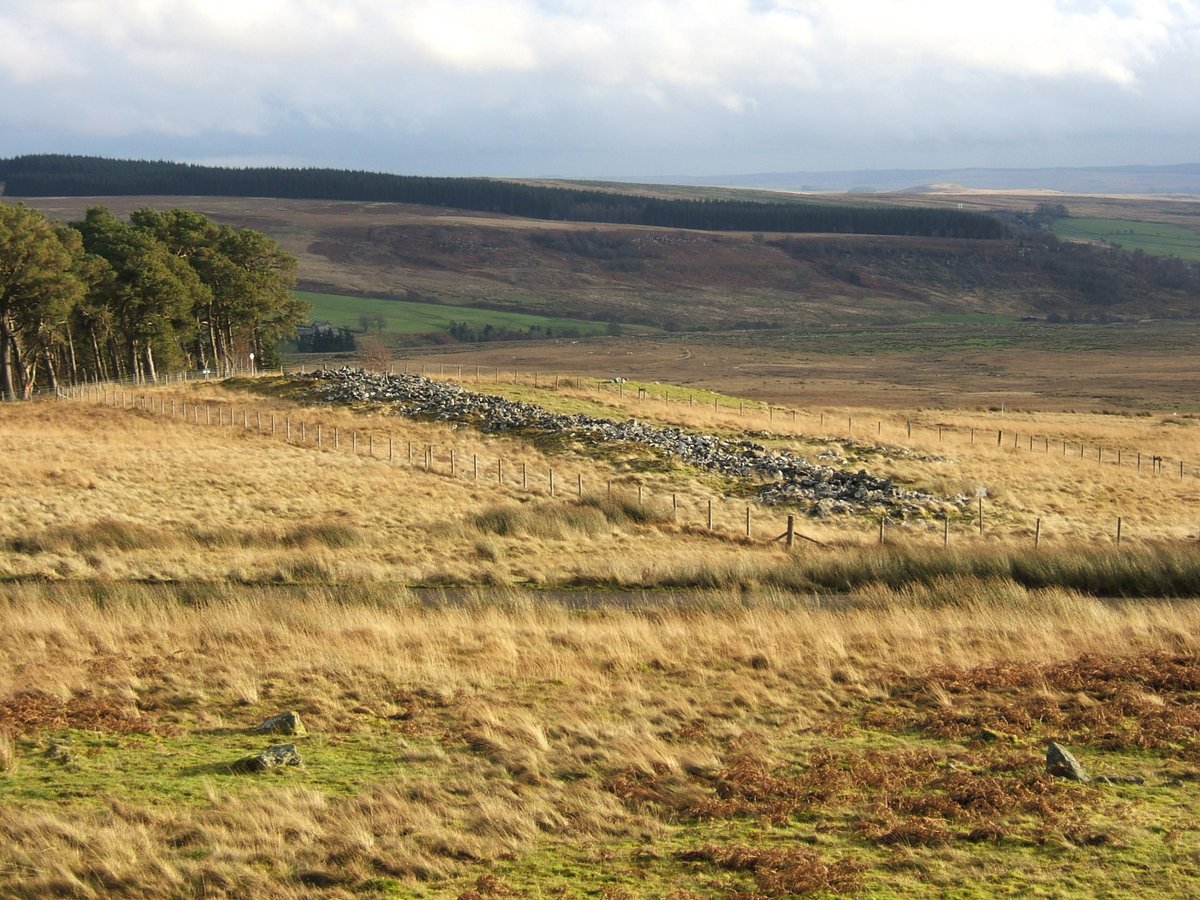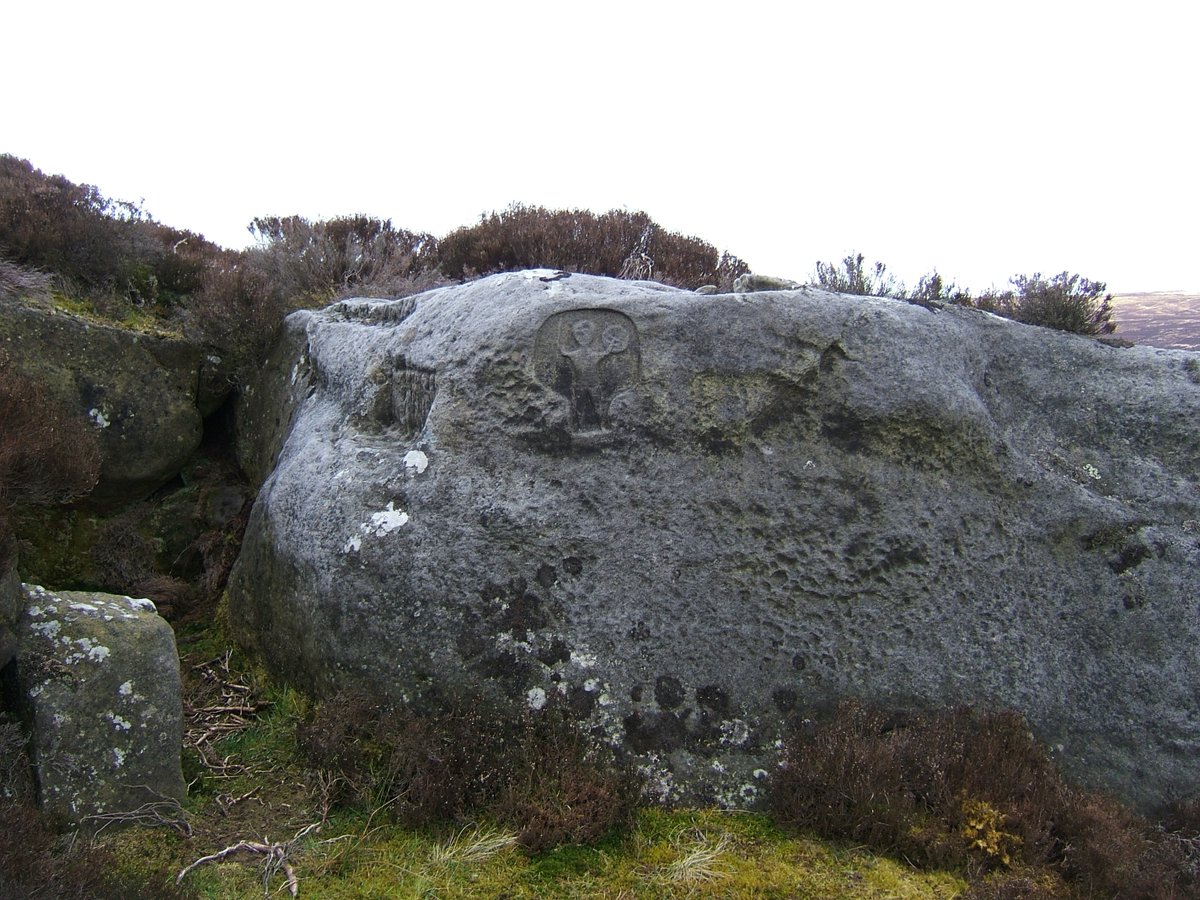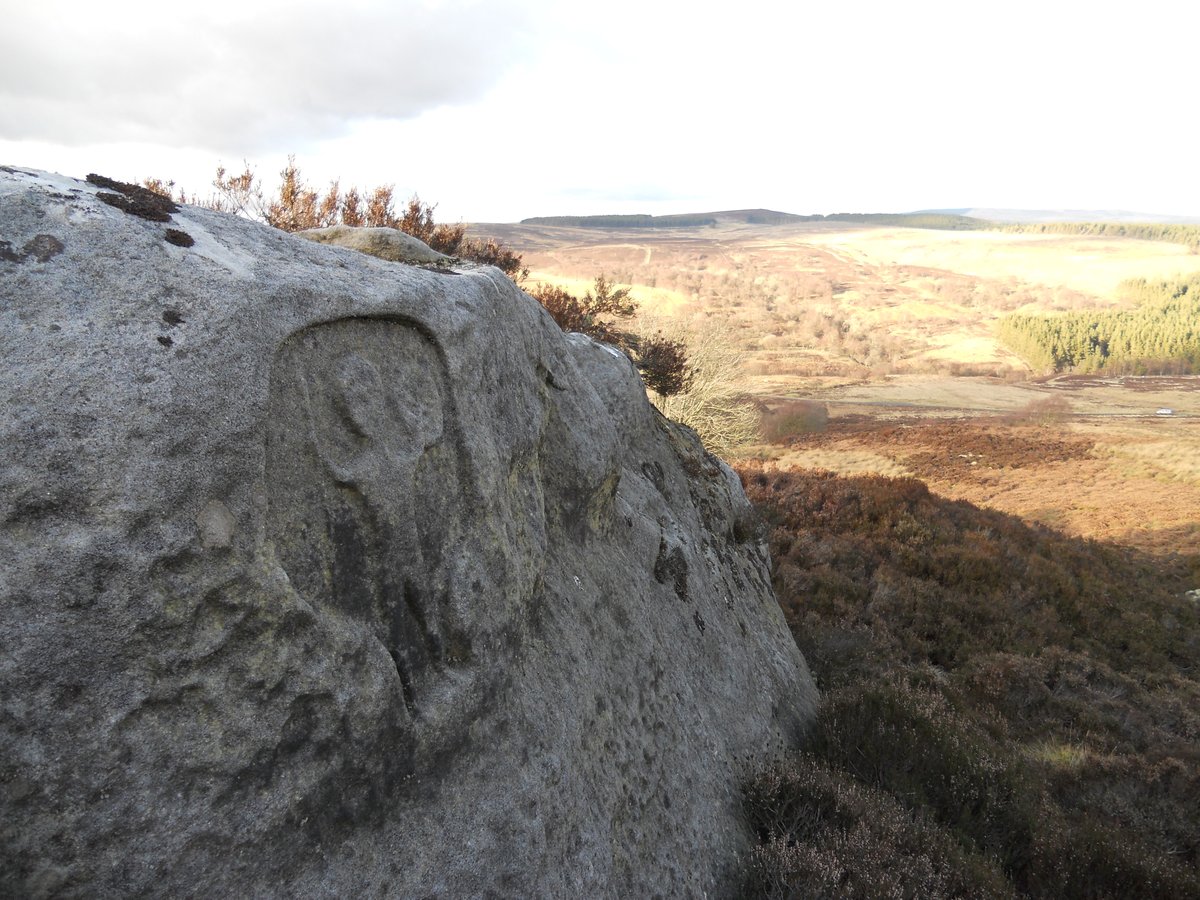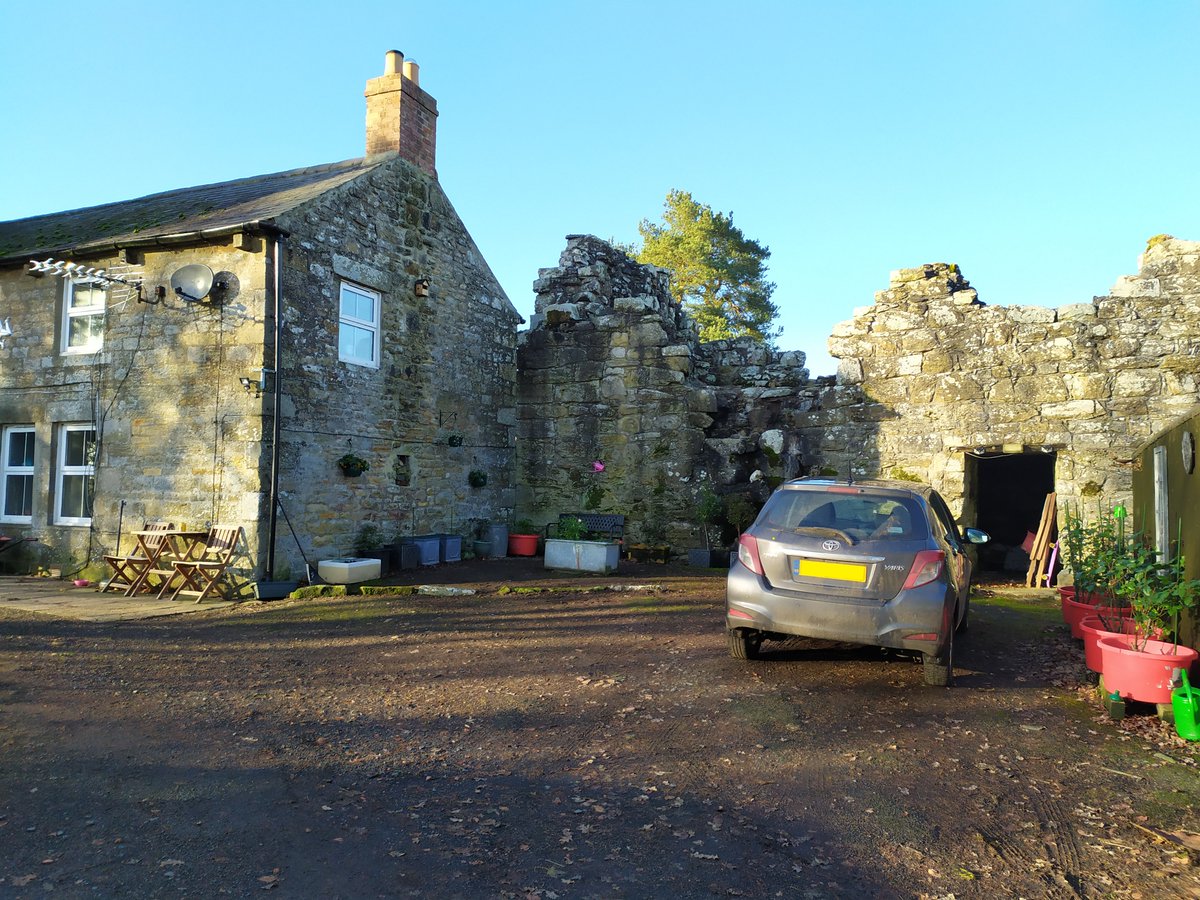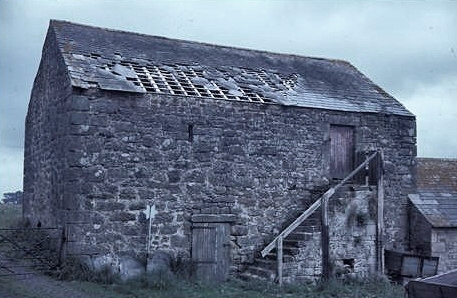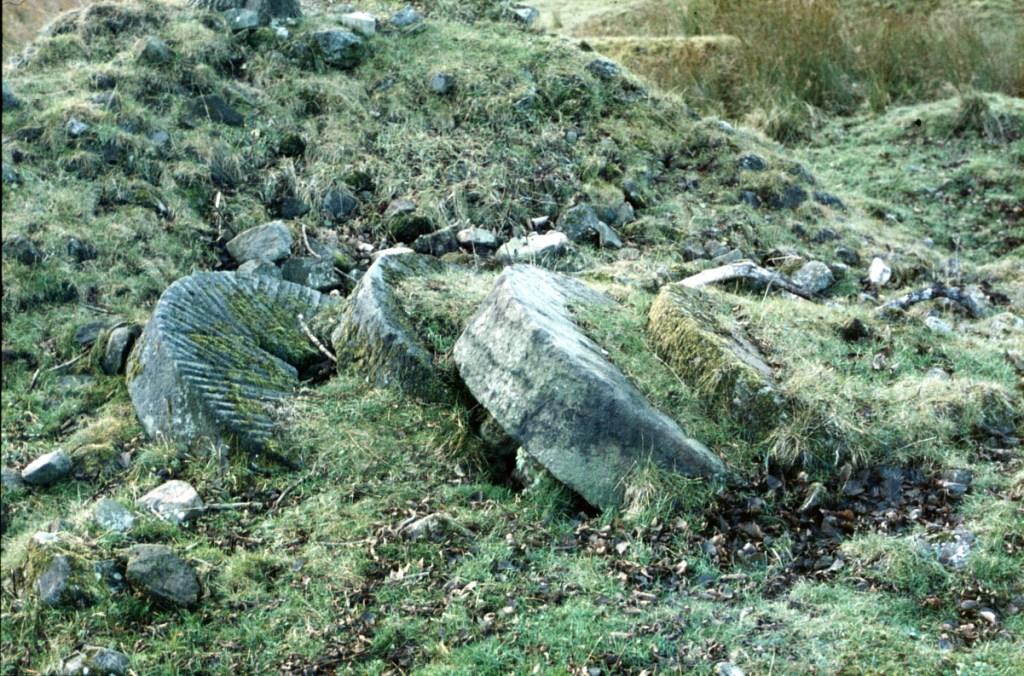1/12. I am Phil Abramson and I am an Archaeologist in the MOD Historic Environment Team (HET). I am your guide on this virtual tour of the Archaeology on the Otterburn Training Area (OTA) in Northumberland. First, a message from our sponsor
2/12 The HET Team leader is @richardhosgood, whom you may know from Op Nightingale and numerous TV appearances. Richard has done a virtual tour of Salisbury Plain #SPTAArchaeology. We will take a leaf out of his book – well, they say imitation is the sincerest form of flattery!
3/12 Land for military training at Otterburn was originally purchased in the early 20th century but more land was needed as training techniques and weaponry developed. The Otterburn Ranges now cover an area of 23,000 hectares and has the largest impact area in the country.
4/12 You may think it optimism bordering on lunacy to suppose that there are well-preserved archaeological sites on an active military range. But you’d be wrong. There are hundreds of archaeological sites from the Neolithic to the 20th century – many of them wonderfully preserved
5/12 Stretching from the village of Otterburn to the Scottish border the rugged landscape of the Ranges is ideal for live and dry training. 95% of the Ranges is in the Northumberland National Park. Scheduled monuments are signed……providing an opportunity for target practice.
6/12 If you want to read up about the archaeology of Otterburn there is no shortage of literature. Beryl Charlton, an expert on archaeology in the northeast is the font of all knowledge about archaeology on the ranges. I will be lifting stuff from her books to inform this tour!
7/12 My interpretation of archaeology will be flexible. Ranging from 5000 year old Neolithic monuments to 20th century hulks. Archaeological sites and monuments come in all shapes and dates ..…and size definitely does not matter
8/12 Our first site is the engraving of Cocidius, situated at Yardhope on a ridge providing wide views over the Range. Cocidius is a native Romano-British god of war. The engraving was discovered in the 1980s and is one of the best of all the Cocidius carvings in the N of England
9/12 Bastles are fortified farmhouses, buit from the mid 16th century as protection against raids and reprisals along the Anglo-Scottish border. The name is derived from Bastille. The Craig Bastle abuts the modern farmhouse. The Bastle with the grass roof is the Hairy Bastle!
10/12 The Raw Bastle was recently restored. In 1791 one of its occupants, Margaret Crozier, was murdered by William Winter and two accomplices, who were looking for a hidden stash of money. Winter was caught, executed in Newcastle and hung on the Elsdon gibbet
11/12 Operation Nightingale uses archaeology to help wounded, injured and sick veterans. Breaking Ground Heritage works alongside Op Nightingale to deliver projects that utilise heritage as a recovery pathway. BGH runs on your generosity. https://www.justgiving.com/crowdfunding/bgh">https://www.justgiving.com/crowdfund...

 Read on Twitter
Read on Twitter
